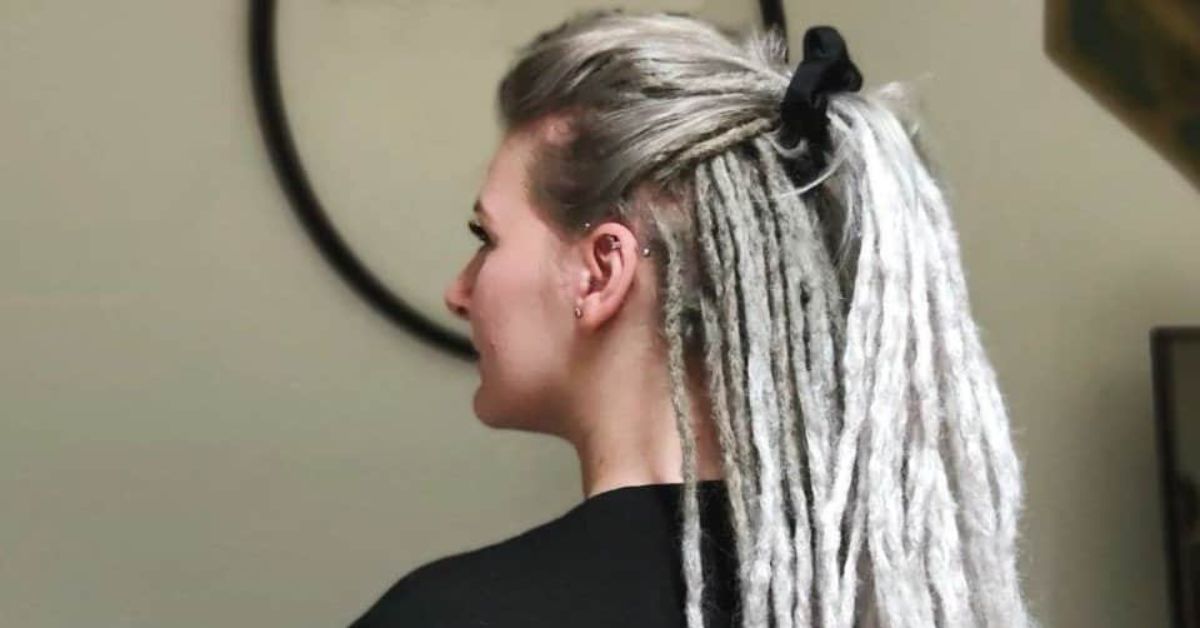Ever wondered if white people can wear dreadlocks without causing offense? Dreadlocks are a timeless hairstyle with deep cultural roots, but their adoption by white individuals often sparks debate. Whether you’re considering this bold look or just curious about its history, this guide covers everything—from styling tips to cultural sensitivity.
What Are Dreadlocks?
Dreadlocks (or “locs”) are rope-like strands of hair formed by matting or braiding. They have been worn for centuries across various cultures, including:
-
Ancient Egypt (seen on mummies and artifacts)
-
Hinduism (worn by holy men, or sadhus)
-
Rastafarianism (symbolizing spiritual devotion and resistance)
-
African tribes (used to signify status and identity)
While dreadlocks are multicultural, their strongest modern association is with Black culture and Rastafarianism, raising questions about cultural appropriation when worn by white individuals.
Can White People Have Dreadlocks? The Cultural Debate
The controversy around “white dreads” stems from concerns over cultural appropriation—adopting elements of a marginalized culture without understanding or respect.
Arguments Against White Dreadlocks
-
Historical Oppression: Black people have faced discrimination for wearing locs (e.g., workplace bans, school policies).
-
Spiritual Significance: In Rastafarianism, dreadlocks symbolize a covenant with God (Jah).
-
Double Standards: White celebrities (like Justin Bieber) are often praised for the style, while Black individuals are stigmatized.
Arguments For White Dreadlocks
-
Historical Precedence: Vikings, ancient Celts, and Germanic tribes also wore matted hair.
-
Personal Expression: Some argue hairstyles shouldn’t be gatekept.
-
Proper Attribution: Wearing locs with cultural awareness may reduce offense.
Key Takeaway: If you’re white and considering dreadlocks, research their history and acknowledge their cultural significance.
How to Get Dreadlocks (For White Hair)
White hair textures (straight, wavy, or curly) require different techniques than tightly coiled hair. Here’s how to start:
1. Choose Your Method
| Method | Best For | Pros | Cons |
|---|---|---|---|
| Neglect (Freeform) | All hair types | Low maintenance, natural look | Takes months to form, uneven results |
| Twist & Rip | Wavy/curly hair | Faster locking, controlled sections | Requires patience, may need re-twisting |
| Backcombing | Straight hair | Instant dreads, structured look | Can damage hair if done harshly |
| Crochet Hook | All hair types | Speeds up locking, neat appearance | Risk of breakage if overworked |
2. Maintenance Tips for White Dreads
-
Wash Carefully: Use residue-free shampoo (e.g., Dr. Bronner’s) to prevent buildup.
-
Palm Rolling: Helps maintain shape and tighten roots.
-
Avoid Wax: Many dread waxes cause buildup; opt for natural locking sprays instead.
-
Sleep Protection: Use a silk scarf or satin pillowcase to reduce frizz.
3. Common Challenges & Fixes
-
Loose Hairs? Use a crochet hook to tuck them in.
-
Smell? Deep-clean with baking soda & apple cider vinegar.
-
Thinning? Avoid over-twisting; consider a dreadlock specialist.
Styling White Dreadlocks
Dreads offer endless versatility:
-
Updos: Buns, braids, or half-up styles.
-
Accessories: Beads, wraps, or rings for a boho look.
-
Coloring: Bleach or dye (but be cautious—overprocessing weakens hair).
Celeb Examples:
-
Travis Barker (drummer, punk-inspired locs)
-
Lisa Bonet (loose, bohemian locs)
-
Jason Momoa (thick, freeform dreads)
Cultural Respect & Avoiding Appropriation
If you choose to wear dreadlocks as a white person:
✔ Educate yourself on their cultural roots.
✔ Support Black-owned haircare brands.
✔ Acknowledge the stigma Black people face for the same style.
✔ Avoid Rastafarian symbols unless you follow the faith.
Final Thoughts: Should You Get White Dreads?
Dreadlocks are more than a hairstyle—they carry history, spirituality, and identity. While white people can wear them, it’s essential to do so thoughtfully. By understanding their significance and maintaining them properly, you can appreciate the style without erasing its cultural importance.










